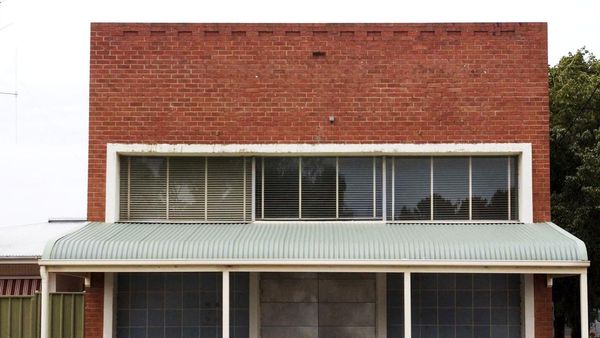
Residents of Gunnedah on the New South Wales Liverpool Plains are appalled by the lack of preparation, warnings and response from authorities to Sunday’s Namoi River flood, as they brace for another deluge.
Julie Shields, who lives on the north-west end of Bloomfield Street, started the Gunnedah Flood Information and Support Facebook group last December, after being disappointed in the response to Gunnedah’s November 2021 flood.
On the Saturday before this week’s flood, she said: “I heard the SES was door-knocking, but we didn’t see them once.”
“The only time I saw them was Saturday afternoon, they stopped up from our house in a ute.
“They didn’t get out and ask, ‘Are you all right?’ – they just turned around and left.”
Shields lives with her mother, Kim Shields, who has been tracking local flood levels ever since she experienced her first flood, a month after moving to Gunnedah in 1984.
Kim Shields knows that if the Namoi River levels reach 7.5 metres, their block will be flooded. This week’s flood peaked at 8.16 metres on Sunday morning.
“We had our first flood in July 1984,” she said. “And from then I thought, well, I’ll write down what’s happened.”
The Shields criticised Water NSW for what they said was poor and inaccurate information on stored water levels, as well as keeping the upstream Keepit Dam at capacity even after the last flood.
Guardian Australia searched Water NSW’s real-time data page on 20 September and found Keepit Dam’s capacity was showing as 101% on Saturday 17 September.
“We probably need to look into Water NSW first; the handling of dams, why they need to keep them at 100%,” Julie Shields said.

In a statement, Water NSW said it “had reduced Keepit Dam to 96.6% of capacity in preparation for the larger-than-forecast rain event expected last Thursday, even with continued inflows from previous rainfall”, saying releases did not exceed 30GL/day while taking inflow of 45GL/day.
According to Water NSW, it continued releases during this week’s flood, but its modelling shows 70% of the 102GL/day flow at Gunnedah came from “naturally occurring downstream tributaries”, and it said it is working the with Bureau of Meteorology (BoM) to monitor weather and project dam inflows.
Julie Shields wanted to restart the conversation on Gunnedah getting a levee system, a plan that has been discussed since 2000. Downstream Wee-Waa, with its existing levee, was comparatively unaffected by the floods.
“We only need half a levee just to hug the river,” she said, adding it could direct flood waters to uninhabited areas around the town’s sale yards.
Erin and Michael Edmunds live on Talibah Street and were stranded for four days without running water during the November floods. Michael Edmunds, a full-time carer to two intellectually disabled sons, was livid the SES acting deputy zone command, Craig Ronan, told regional newspaper the Northern Daily Leader that no homes had been affected on Sunday.
The Edmunds’ house had a small amount of water in a front room, but a house in town belonging to another family member was inundated.

“Sunday morning, to see the story, ‘Gunnedah Comes Through Major Flood Unscathed’ – that was offensive,” Michael said.
“I just saw red when I saw that article. What a joke. Like, they ignored us after the last flood, didn’t give us accurate information.”
The Leader later edited the article after being contacted by the Edmunds, and issued an apology.
Michael said the SES drove down their street and issued a warning to two neighbours, both in elevated houses, but didn’t warn his family or other residents.
“They didn’t come here,” he said. “They drove down to the street here, turned around and went back to town.”
Erin said she called the SES hotline and was told they were not at risk.
The Edmunds are still waiting on assistance promised to them for the November floods when the water in their house was “knee high”, but state efforts seem to be focused on Lismore, they say, and the $1,000 assistance payment only applies to floods after February 2022.
NSW SES western zone commander, chief Supt David Monk, said the SES has been providing support to the Gunnedah community throughout the current flood, with volunteers door-knocking, sandbagging and responding to all requests for assistance.
“Since the last storm season, NSW SES has implemented a number of improvements,” a spokesperson said.
“The NSW SES has trained additional incident management personnel and has increased its surge capacity for call taking during emergencies.
“The NSW SES is undertaking a transition to the new nationwide Australian warning system, bringing the agency in line with a nationally consistent framework for emergency warnings.”
The Shields and Edmunds families are braced for further flooding, with the BoM predicting a 100% chance of rain on Wednesday.







